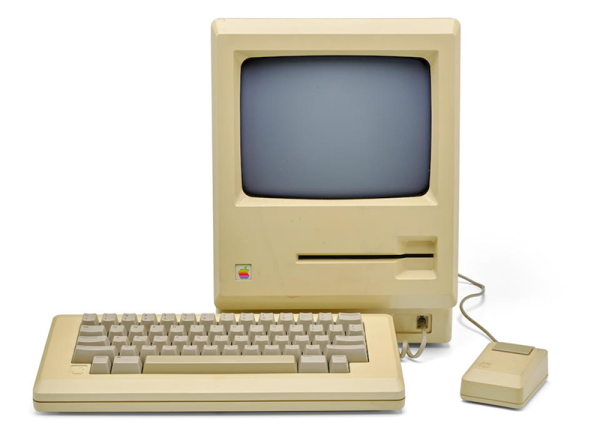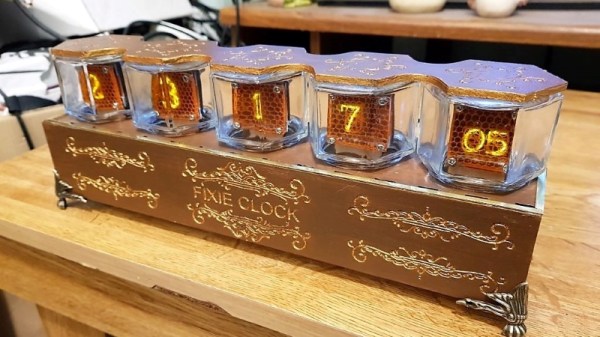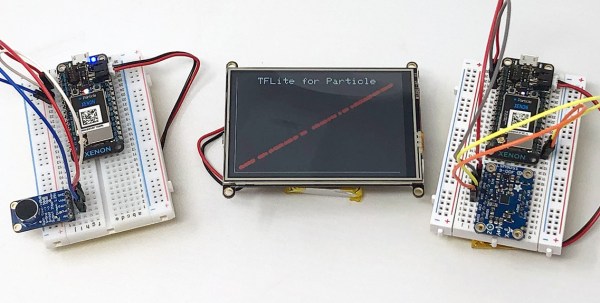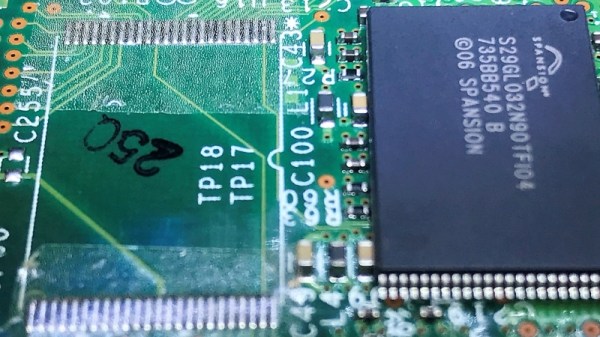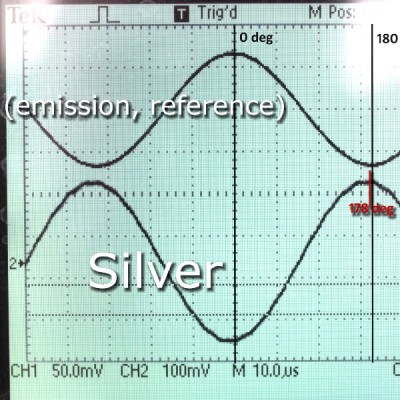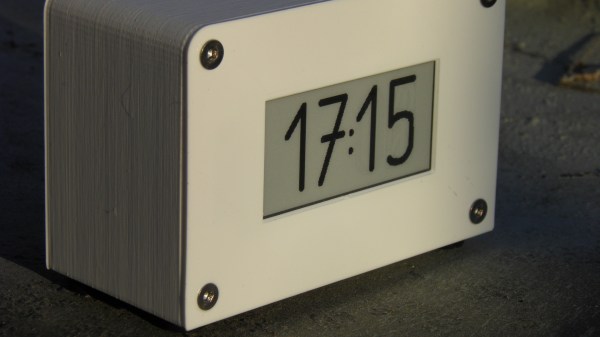Many readers will have had their first taste of experimentation with cluster computing through the medium of the Raspberry Pi. The diminutive Linux capable boards can easily be hooked up as a group via a network hub, and given the right software become a whole that is greater than the sum of its parts. None of us will however have reached the heights of the Raspberry Pi cluster shown by Oracle at their Oracle OpenWorld conference, a mighty rack packing a cluster of no less than 1060 Pi 3 B+ boards. This machine is touted as a supercomputer and it’s worthy of the name, though perhaps it’s not in the same class as the elite in that field.
Getting that number of individual 3Bs into a human-sized rack is no easy feat, and they have gone for custom 3D-printed racks to hold the boards. PoE would have resulted in too much heat dissipation, so instead they use USB power from an array of large multi-way USB power supplies. A set of switches provide the networking, and a conventional server sits in the middle to provide storage and network booting.
It’s certainly a cool way to wow the crowds at a conference, but we’re unsure whether it delivers the best bang for your supercomputing buck or whether it’s more useful as a large room heater. Meanwhile you can take a look at a few more modest Pi clusters, with unusual operating systems, or slightly more adherence to convention.
Thanks [Frisco] for the tip.


